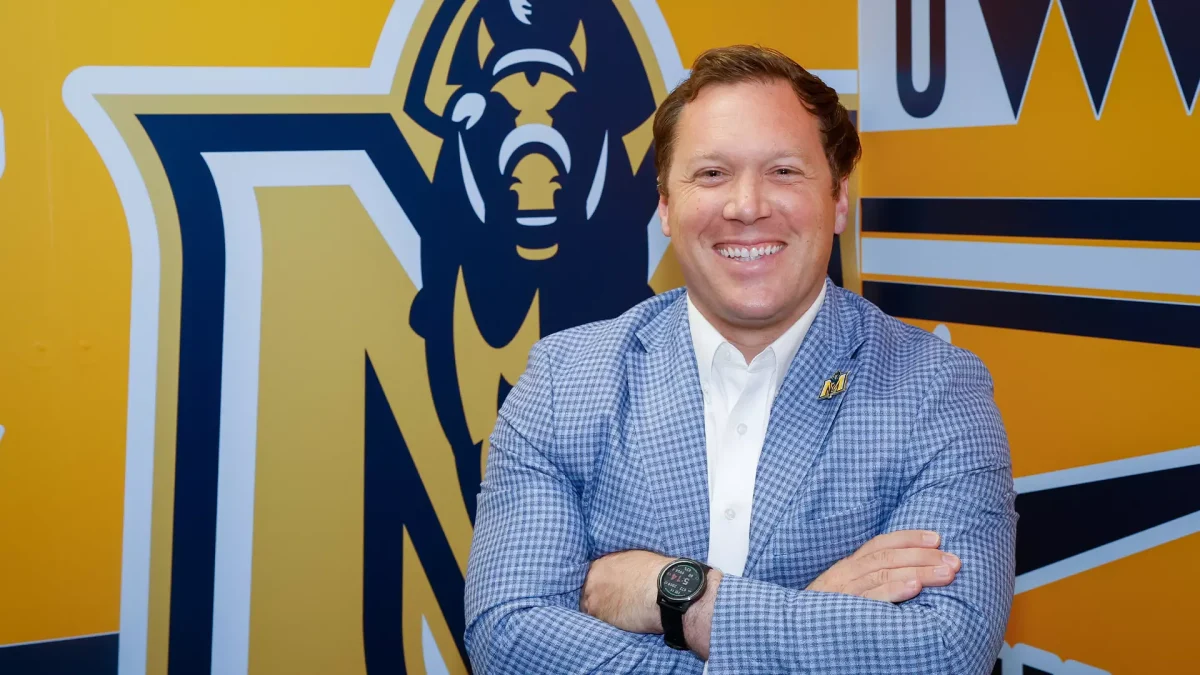The staff editorial is the majority opinion of The Murray State News Editorial Board.

“Diversity,” is a hot-button word on many college brochures. Having a community of different ethnicities, religions, genders and cultures is a way to introduce students to different points of view. They are able to learn just as much about people as they are about their major.
Our sister school programs, diversity scholarships and study abroad programs help make Murray State students more diverse, but faculty and staff are a different story.
Nestled in the informal Bible Belt region of the South, it can be difficult to promote diversity. According to the University’s website, Murray State’s faculty is 86 percent white, 3 percent African-American and 3 percent Asian.
According to College Factual, Murray State is ranked 1,475 in ethnic diversity nationwide and the male to female ratio is 60-to-40. Approximately 67 percent of Murray State’s population comes from Kentucky. Graduate assistant numbers are similar, with 73 percent white, 7 percent African-American and 17 percent “alien,” or someone who is not a naturalized citizen.
We promote diversity in our student body, but faculty and staff diversity is just as important, especially in foreign language programs and African-American studies.
Our current statistics are more inclusive than they were in former years. In 2003, faculty and staff were categorized by “white,” “black” and “other.” From the fall semester to the spring semester, Murray State hired 12 more white faculty members between fall 2003 and spring 2004, while the number of black faculty remained at 10 for all four semesters in the, while the number of “other” faculty rose by 11.
Neighboring universities have similar faculty race statistics. Western Kentucky University’s professors are 85 percent white, 5 percent African-American and 7 percent Asian American.
To be fair, diversity means more than just race. Diversity is a concept that describes an inclusive community of people with varied characteristics, ideas and worldviews. It can include ethnicity, sexual orientation, gender, religion, disabilities or national origin.
By this definition, Murray State does deserve recognition. Our faculty is comprised of people who are LGBT, from different countries and different religious views. Having faculty in these groups helped promote safe places for LGBT students, women who are victims of violence and have students from different religious backgrounds.
Having a faculty diverse in this way is admirable and progressive. It promotes a difference in teaching, thinking and understanding. It also helps students identify with their own diversity and be mindful of the differences of others. However, the racial diversity of our faculty should emulate its diversity in sexual orientation, gender and religion.
We understand that creating a more racially diverse faculty and staff is a project that will take years – possibly decades. But our recent growth in faculty shows no signs in change when it should.
Let’s make our faculty match our changing student body.




































































































